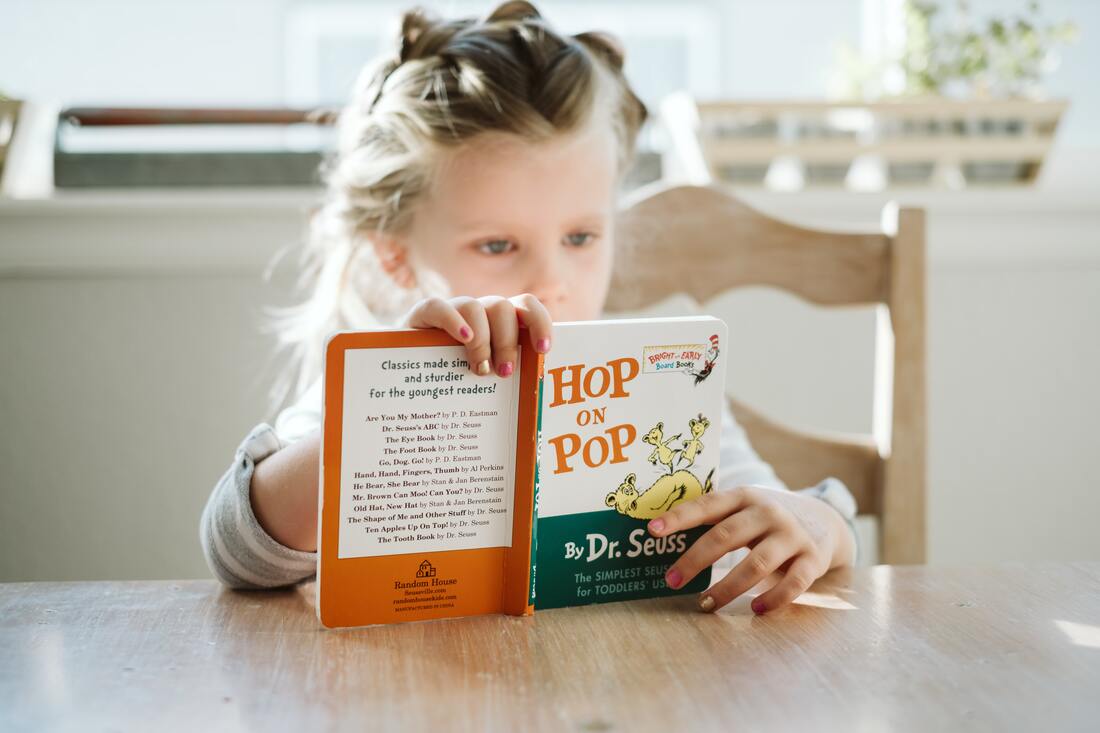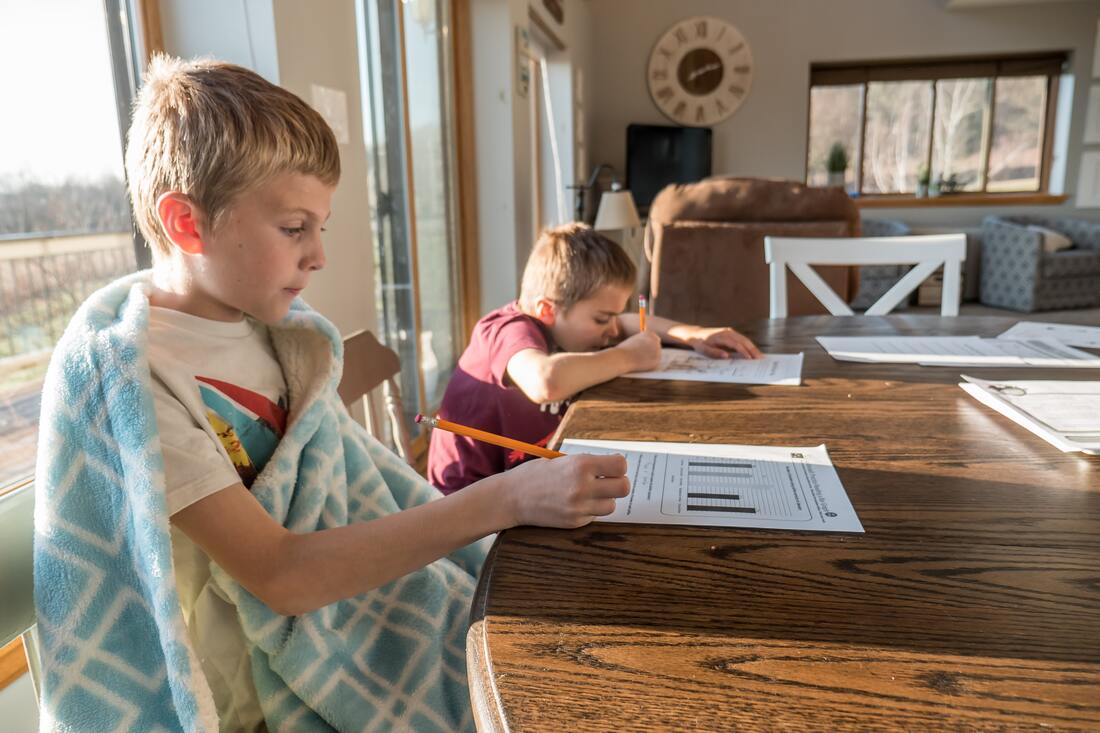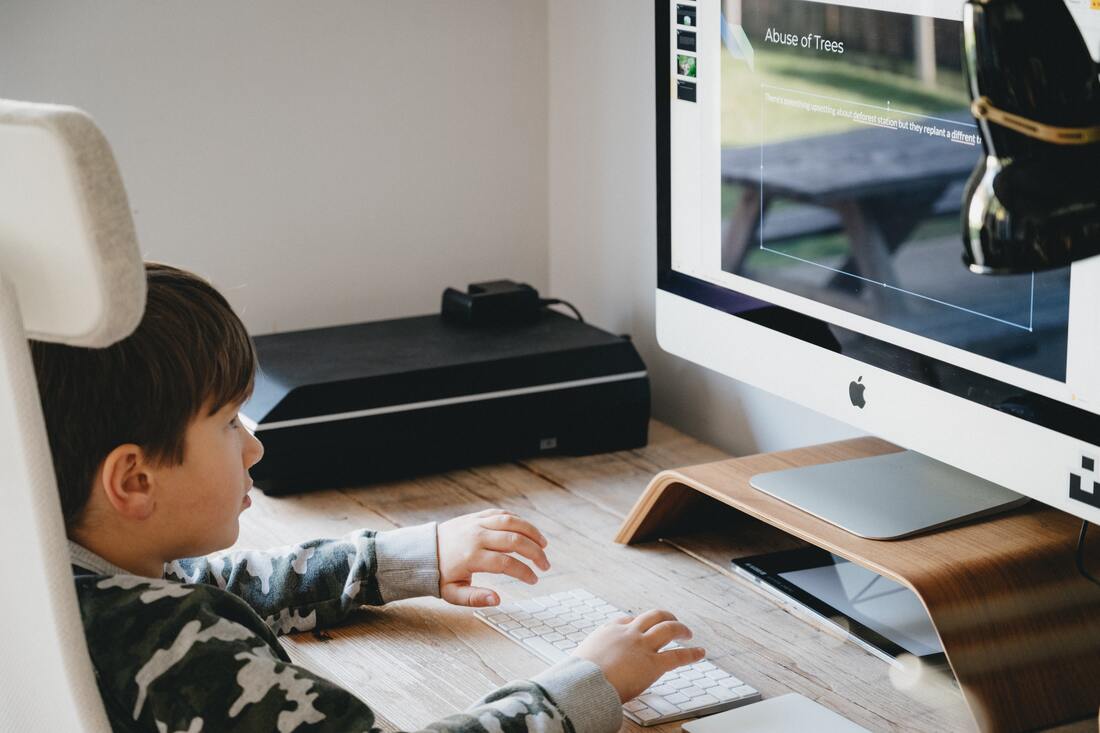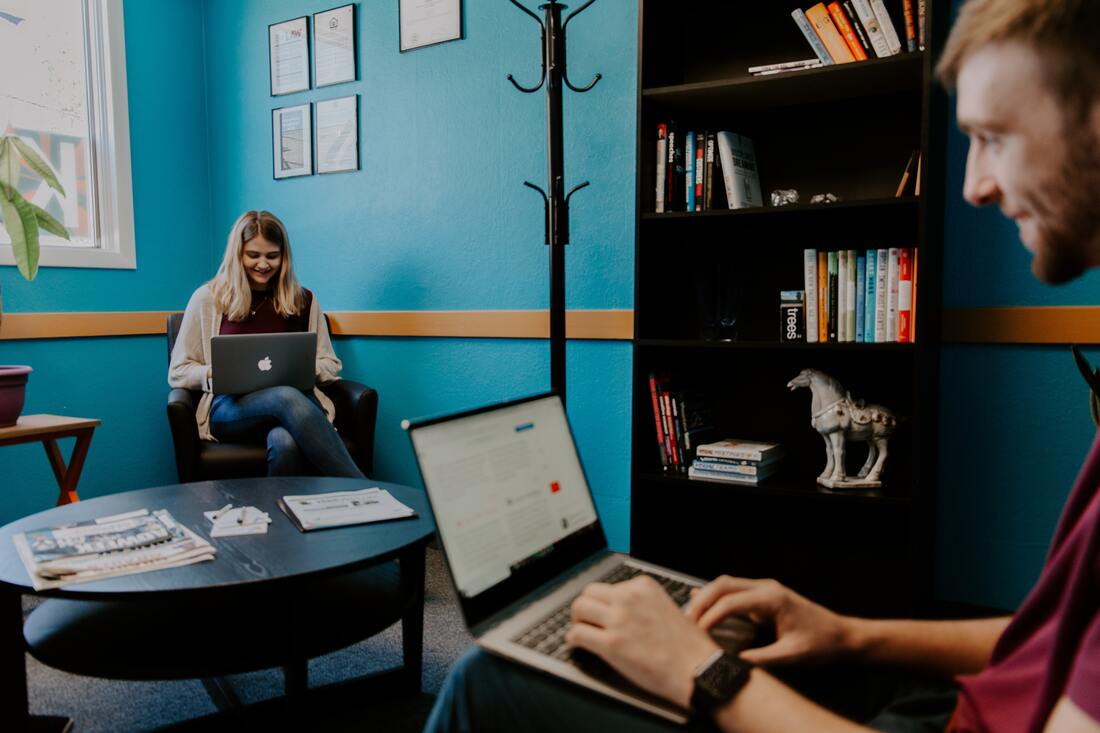Homeschooling Tips & Resources
By: Hope Amor
During this global pandemic, you may find yourself homeschooling for the first time. Good news: there is an entire community who has been doing this for a long time. Following are tips and resources from a local homeschool parent and teacher turned school administrator that can help keep everyone sane in your household.
Tip #1: Create a Routine
Everyone thrives in a routine, and it takes 2-3 weeks for new habits to stick. If your entire family has been instructed to stay home, this could be a good time to listen to your bodies and find your natural circadian rhythms. Some people are naturally night owls and some are early birds. Most people get their best work done between 9 to 10 a.m. when they are fresh, before decision fatigue sets in: kids included. Our brains are primed for analytical tasks (think math school work) in the morning and open-ended tasks (such as art and creative problem-solving) in the afternoon. Structure your day to take advantage of high-energy and high-creativity times.
A sample daily routine could look like this:
8:00-9:00 a.m. Wake up, get dressed, eat breakfast, brush teeth 9:00-10:00 a.m. Work time
10:00-10:30 a.m. Morning walk, outdoor play time, snack 10:30-11:00 a.m. House chores (laundry, clean) 11:00-12:00 p.m. Unstructured free time
12:00-1:00 p.m. Lunch
1:00-2:00 p.m. Creative play
2:00-3:00 p.m. Quiet time, nap, reading
3:00-5:00 p.m. Outdoor play
5:00-6:00 p.m. Dinner
6:00-8:00 p.m. Family time (game, puzzle, movie) 8:00-9:00 p.m. Prep for bedtime, reading
Pro tip: Set up a large whiteboard in a common family area, such as the kitchen or living room, to track daily schedules and tasks. Your child may enjoy writing the items themselves or checking them off the list.
Everyone thrives in a routine, and it takes 2-3 weeks for new habits to stick. If your entire family has been instructed to stay home, this could be a good time to listen to your bodies and find your natural circadian rhythms. Some people are naturally night owls and some are early birds. Most people get their best work done between 9 to 10 a.m. when they are fresh, before decision fatigue sets in: kids included. Our brains are primed for analytical tasks (think math school work) in the morning and open-ended tasks (such as art and creative problem-solving) in the afternoon. Structure your day to take advantage of high-energy and high-creativity times.
A sample daily routine could look like this:
8:00-9:00 a.m. Wake up, get dressed, eat breakfast, brush teeth 9:00-10:00 a.m. Work time
10:00-10:30 a.m. Morning walk, outdoor play time, snack 10:30-11:00 a.m. House chores (laundry, clean) 11:00-12:00 p.m. Unstructured free time
12:00-1:00 p.m. Lunch
1:00-2:00 p.m. Creative play
2:00-3:00 p.m. Quiet time, nap, reading
3:00-5:00 p.m. Outdoor play
5:00-6:00 p.m. Dinner
6:00-8:00 p.m. Family time (game, puzzle, movie) 8:00-9:00 p.m. Prep for bedtime, reading
Pro tip: Set up a large whiteboard in a common family area, such as the kitchen or living room, to track daily schedules and tasks. Your child may enjoy writing the items themselves or checking them off the list.
|
Unless you are a teacher by profession, homeschooling is probably uncharted territory for you. Take heart! You will not rob your child of life opportunities. The best thing you can easily do to keep them healthy and happy is to encourage outdoor play time. The best way to make your child’s teachers happy when they return to school is to read to them and continuously foster a love of learning. Children should have access to a variety of texts at home, and hardbacks can be supplemented by author read-alouds on YouTube and other online resources.
Show grace with the garb; no one is going to smite you if you wear pajamas all day. In fact, this is a great opportunity to build forts and create an indoor drive-in theater (think cardboard “cars” that the children decorate themselves in preparation for movie night)! |
Tip #3: Learn from the Pros
Julie Wood of Carmel, Indiana, has homeschooled her 4 boys for 16 years. Her initial worry about the “weird homeschool kid” stereotype was lifted when she actually met a family that homeschooled. She quickly realized that “[the homeschool parents] were normal people and their kids were well-adjusted.” She encourages parents who are new with homeschooling to let go of perfectionism and embrace the change. “It’s a blessing to see what my kids are doing during the day...It’s ok if you can’t do everything. Don’t miss the forest for the trees.”
Julie insists that teaching is not her gift, but “you don’t have to have multiple degrees to teach your own kids. Working one-on-one with your child is a completely different thing [than leading a classroom full of students].” Homeschooling has given her great appreciation for those who are teachers, but a lovely benefit to homeschooling is that “[the kids] aren’t lining up for the bathroom or for recess. Not as much time is spent in the classroom as in school.” In fact, Julie was shocked to realize how much content can be covered in such a short period of time. “For kindergarten, they can get all their stuff done in an hour and a half. It’s eye-opening!”
Despite all the benefits homeschool has provided her children, Julie was quick to mention, “My situation looks different [as a stay-at-home mom] so it wasn’t as big of an adjustment [to homeschool].” Parents who work outside the home and find themselves forced to homeschool during this time are likely feeling additional pressures.
Julie Wood of Carmel, Indiana, has homeschooled her 4 boys for 16 years. Her initial worry about the “weird homeschool kid” stereotype was lifted when she actually met a family that homeschooled. She quickly realized that “[the homeschool parents] were normal people and their kids were well-adjusted.” She encourages parents who are new with homeschooling to let go of perfectionism and embrace the change. “It’s a blessing to see what my kids are doing during the day...It’s ok if you can’t do everything. Don’t miss the forest for the trees.”
Julie insists that teaching is not her gift, but “you don’t have to have multiple degrees to teach your own kids. Working one-on-one with your child is a completely different thing [than leading a classroom full of students].” Homeschooling has given her great appreciation for those who are teachers, but a lovely benefit to homeschooling is that “[the kids] aren’t lining up for the bathroom or for recess. Not as much time is spent in the classroom as in school.” In fact, Julie was shocked to realize how much content can be covered in such a short period of time. “For kindergarten, they can get all their stuff done in an hour and a half. It’s eye-opening!”
Despite all the benefits homeschool has provided her children, Julie was quick to mention, “My situation looks different [as a stay-at-home mom] so it wasn’t as big of an adjustment [to homeschool].” Parents who work outside the home and find themselves forced to homeschool during this time are likely feeling additional pressures.
|
It’s ok that you have other responsibilities to attend to; your child can benefit from a menagerie of online resources while you squeeze in a bit of work time or self-care.
If your child’s school has not given work to complete or your child is not yet school-aged, here are some low- and no-cost resources to explore: ● Busy Toddler (busytoddler.com): Susie Allison has created a treasure trove of low-prep, few-material activities that can engage your youngsters. ● Epic! (getepic.com): This is a never-ending library of e-books that your child can listen to or read. |
● Newsela (newsela.com): This company is giving free access for the rest of this school year to their site full of current event articles that can be adjusted for your child’s reading level.
● P.E. with Joe or Yoga with Adriene (YouTube): Get your sweat on with these high-energy fitness gurus. Workouts are suitable for nearly any age. ● IXL (ixl.com): This low-cost (starting at $9.95/mo.) resource offers core curriculum aligned skill practice in Math, Language Arts, Science and/or Social Studies at every level (K-12). ● Virtual Museum Tours (Google Arts & Culture): Your child can explore some of the world’s most famous museums, from the Guggenheim to the Musée d’Orsay, without leaving home. |
Copyright © 2025 Pena Group, Inc. All rights reserved.







